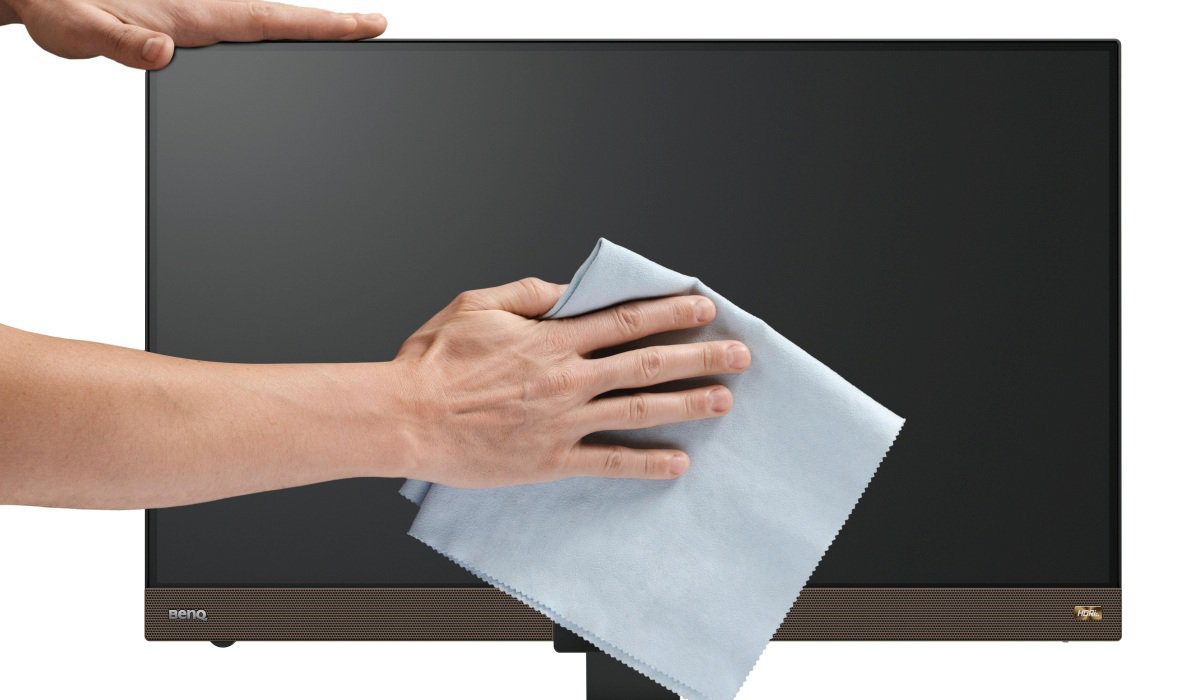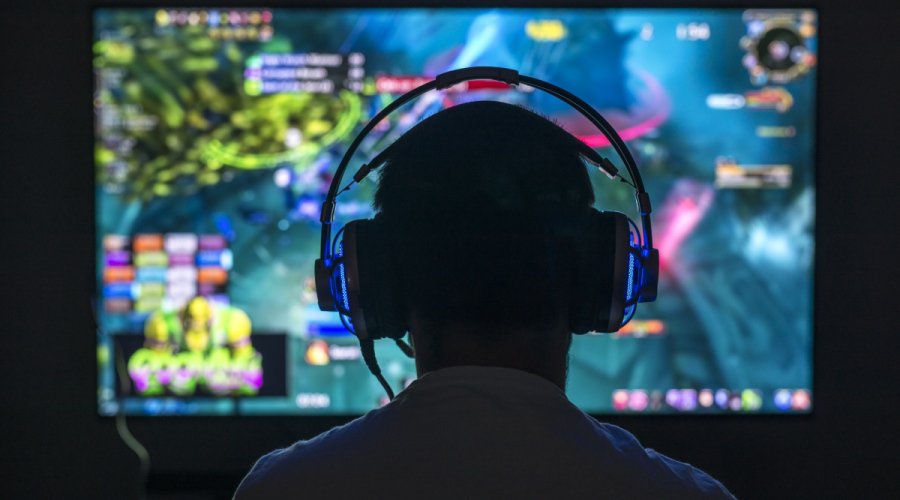Projector
Monitor
Lighting
Digital Display
Job References
This site uses cookies. By continuing to browse the site you are agreeing to our use of cookies, you can also manage preferences.
This site uses cookies. By continuing to browse the site you are agreeing to our use of cookies, you can also manage preferences.
Projector
Monitor
Lighting
Digital Display
Job References
Projector
Monitor
Lighting
Digital Display
Job References
Knowledge Center Support
When did you last clean your computer monitor? Don’t know? That’s unsurprising and totally fine. However, now that you’re thinking about it, wouldn’t it be nice to have your monitor free of most germs, dust, and fingerprints? After all, you probably spend a lot of time looking at screens, like you are right now. So, here’re some tips on how to safely get rid of germs, dust, and fingerprints on your LCD monitor.
Health organizations like the CDC and the WHO define disinfection as the near total removal of germs from a surface or an area. Sanitization refers to lowering germ populations to reasonably safe levels. Safe for humans that is, not for the germs.
Realistically speaking, you’ll be able to sanitize your monitor at best because no matter what material your screen is made of, the tough chemicals and agents needed to aggressively kill off germ populations en masse will also destroy your screen. Avoid ethanol, rubbing alcohol, and bleach. These can leave permanent scars on your screen or, at the very least, ruin the monitor’s lustrous glossy surface or beautiful matte finish. Check manufacturer’s recommendations about cleaning the base and stand, as these surfaces are often much more welcoming of cleaning agents.
By most accounts, regular soap isn’t much better and may also damage monitor surfaces because of the presence of lye, which is very caustic. Window cleaners are out, too. You see, there’s a surprising amount of tech behind your monitor screen and maintaining it properly is important for getting good results and not doing unintended damage. So, short answer, the best way to reduce germs on your screen is to avoid touching it, to cover coughs and sneezes, and to eat lunch/snacks facing away from your display.
If your screen is glossy and made of glass, then it might be possible to get away with light usage of ethanol and other types of rubbing alcohol to sanitize the monitor. That’s because glass, like metal, tolerates many chemicals better than other surfaces do. Always check your manufacturer’s guidelines since even glass screens get treated with glare-reduction layers, and those will rub off and become damaged if you use harsh chemicals. It’s better to be safe than being sorry.
Also, as most PC monitors use finely-etched matte surfaces to resist glare, LCD coatings can be damaged by alcohol or cleaning products. Keep those away from matte monitor surfaces. As mentioned, you’re likely to permanently damage your screen and void your warranty by using those. Buying a new monitor every time the old one gets a little dirty isn’t the most reasonable approach we can think of, and we’re the ones making monitors, so take it from us, don’t do it.
Bottom line for this section: cleaning glossy monitors may tolerate some traditional cleaning fluids but do check with your manufacturer or the manual before cleaning your monitor with them. Matte surfaces should never be exposed to mainstream cleaning fluids and materials, as that’ll ruin the monitor. Also, LCD cleaning solutions as sold by many shops and retailers only serve to clean, that is remove smudges and dust. They neither sanitize nor disinfect. They will, however, remove annoying fingerprints and layers of dust that can make your display look dingy.
The best you can hope for here is a good cleaning with a cloth slightly dampened by water only, or ideally a microfiber cloth. Microfiber cloths do a decent job of manually picking up germs and lifting them away from the screen, and because they’re not abrasive, there’s almost no chance of scuffing or scratching of that lovely glare-free monitor surface.
The slightly damp part works to remove fingerprint smudges without much rubbing and is also effective for dust.
Unless you eat dinner off your monitor, which we would never condone, there’s no inherent need to keep your monitor germ-free. It’s not practical to try to do so. But, keeping it cleaner and dust/fingerprint free can improve your experience.
Keep your monitor reasonably clean at all times with a gentle wipe down once a week as described above to minimize the presence of germs as much as reasonably possible, while removing the far more important accumulation of dust which will hamper your viewing experience.
And remember, your monitor is probably one of the least touched parts of your workstation. You’ll find your mice, keyboard, and other components more receptive to many disinfectants and much more in need of them.
Thanks for your feedback!



